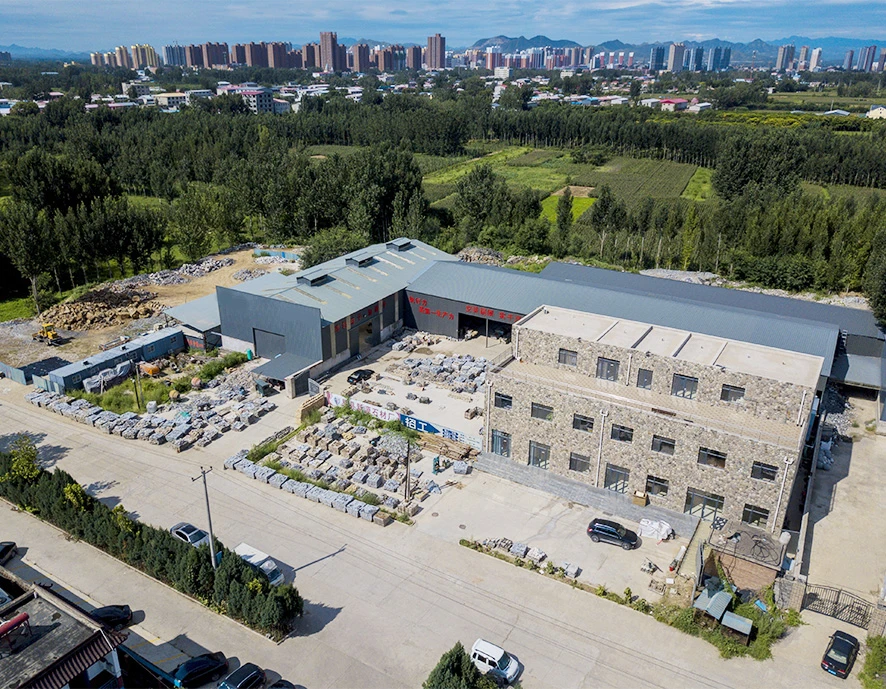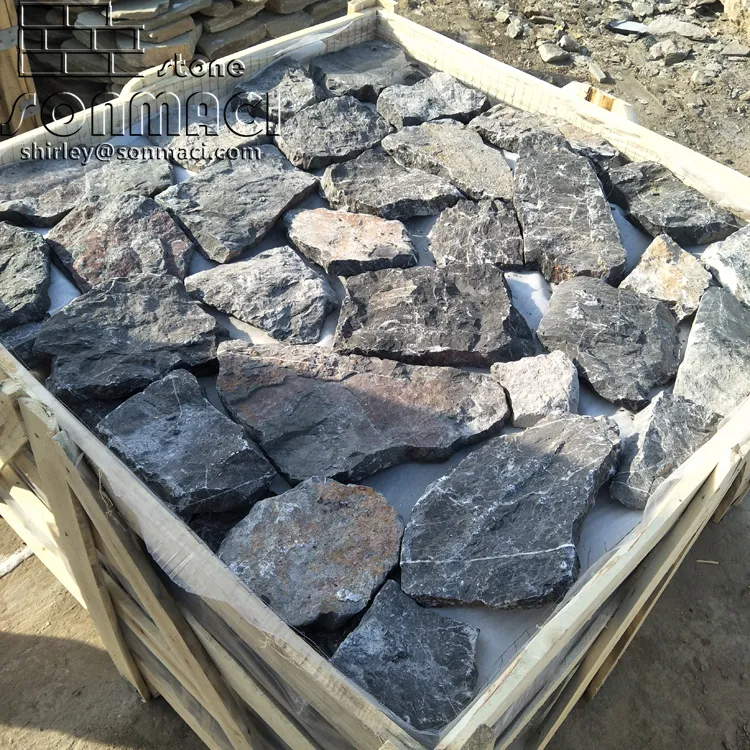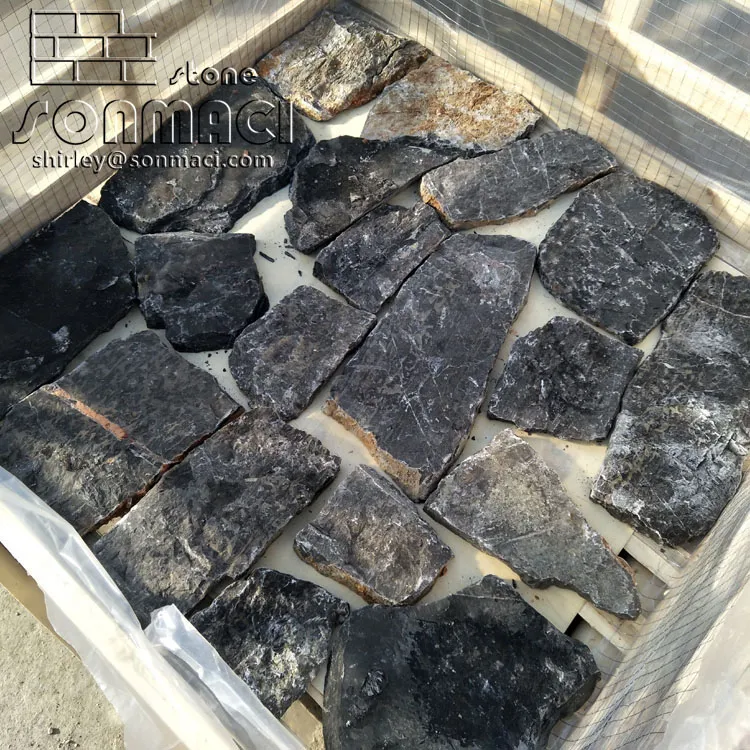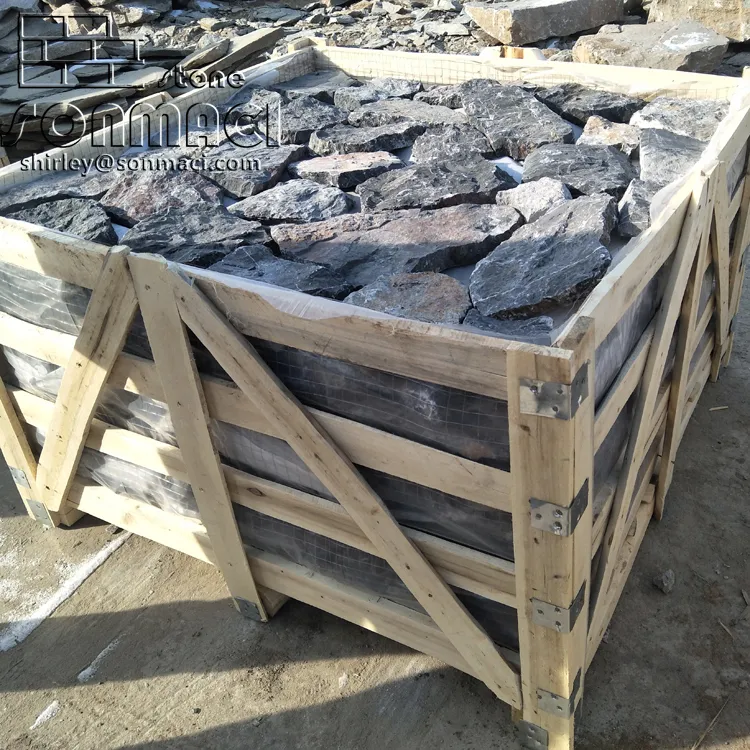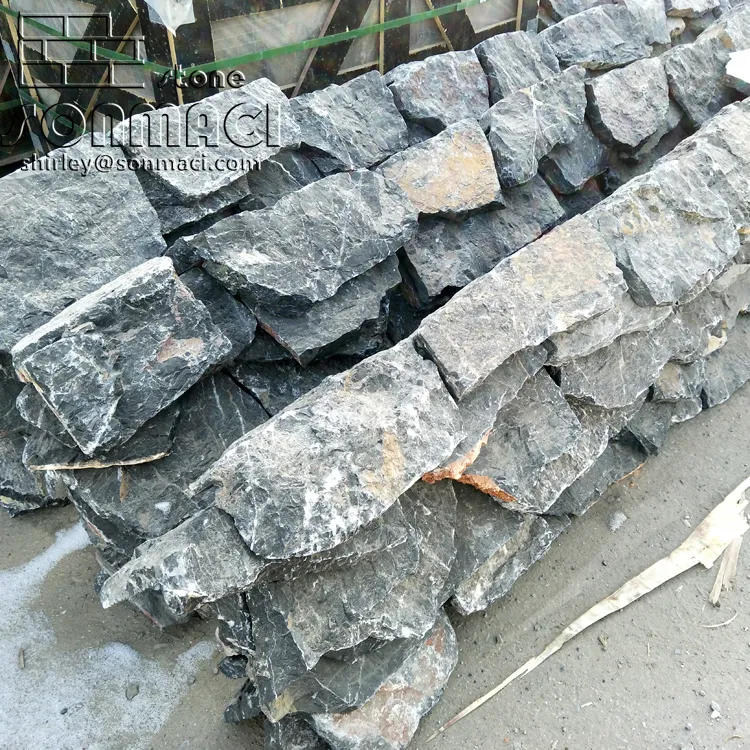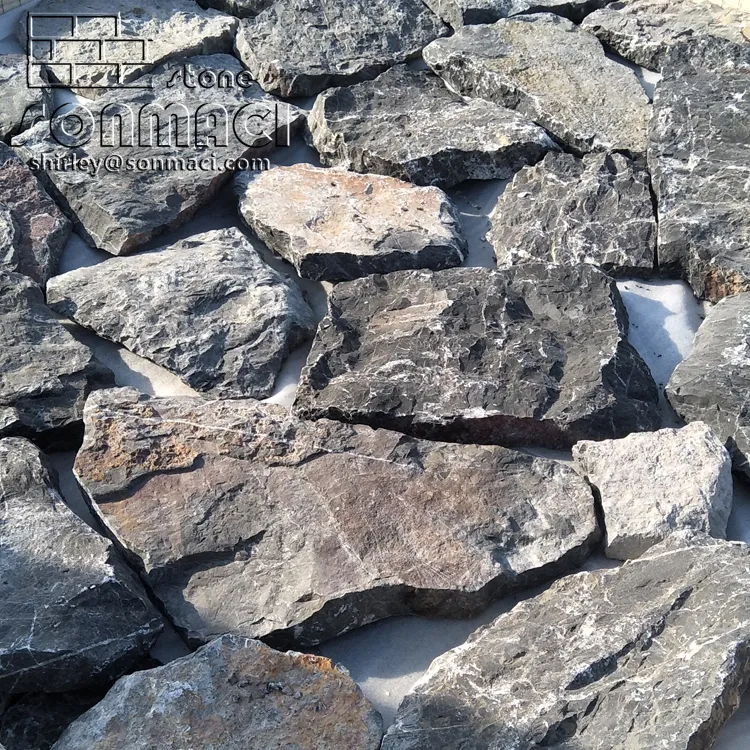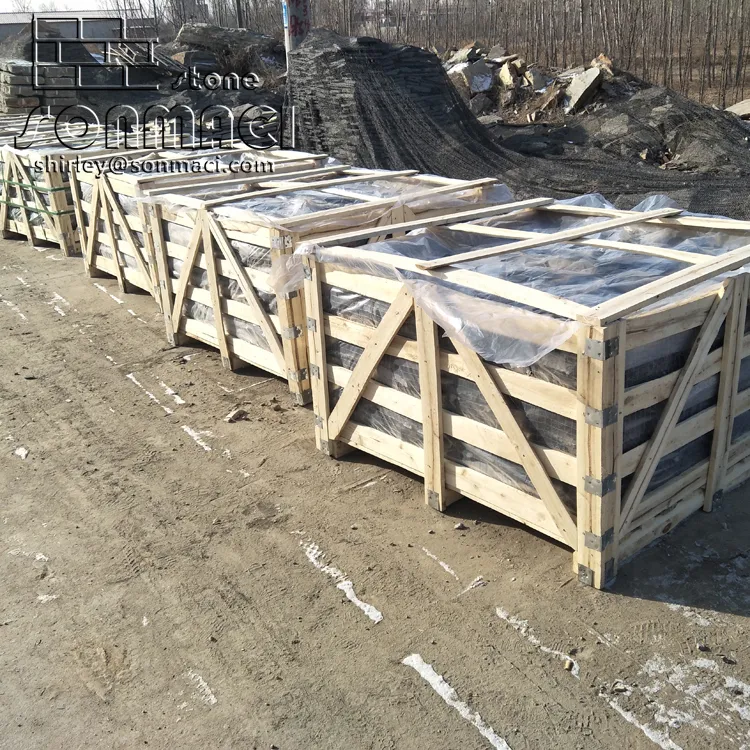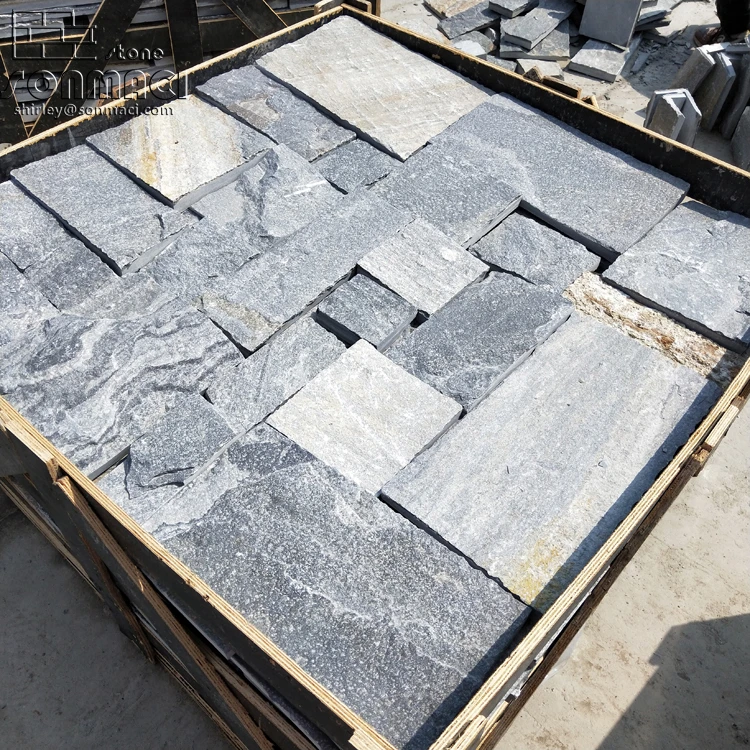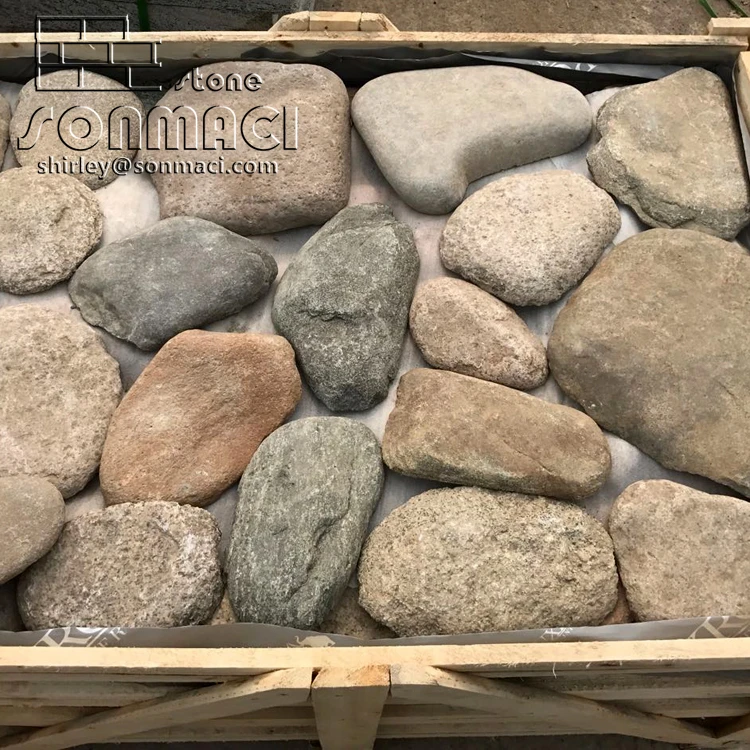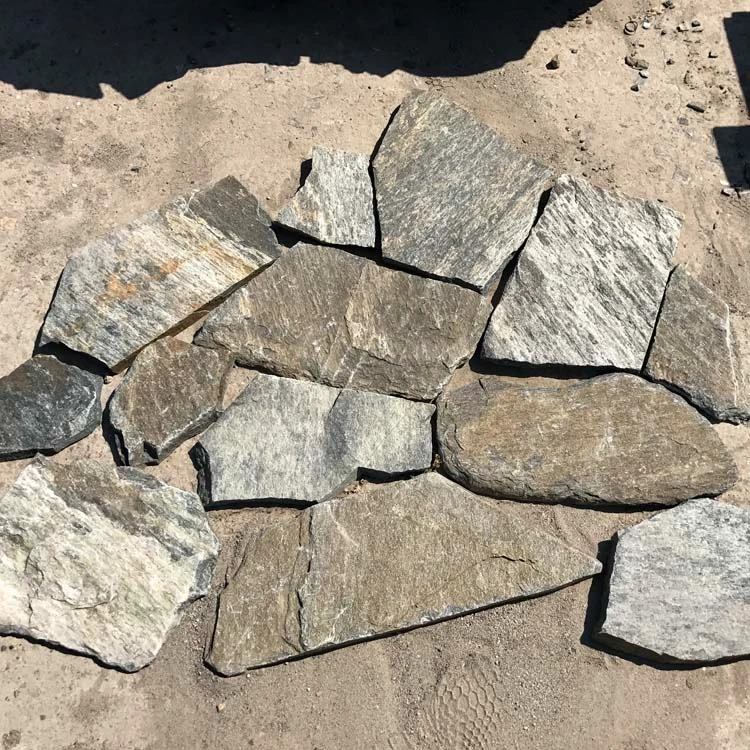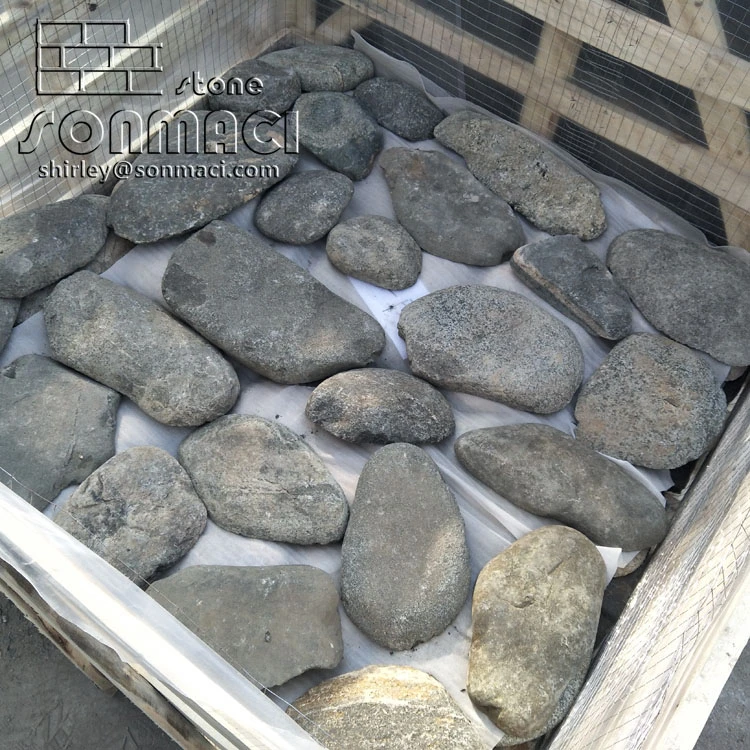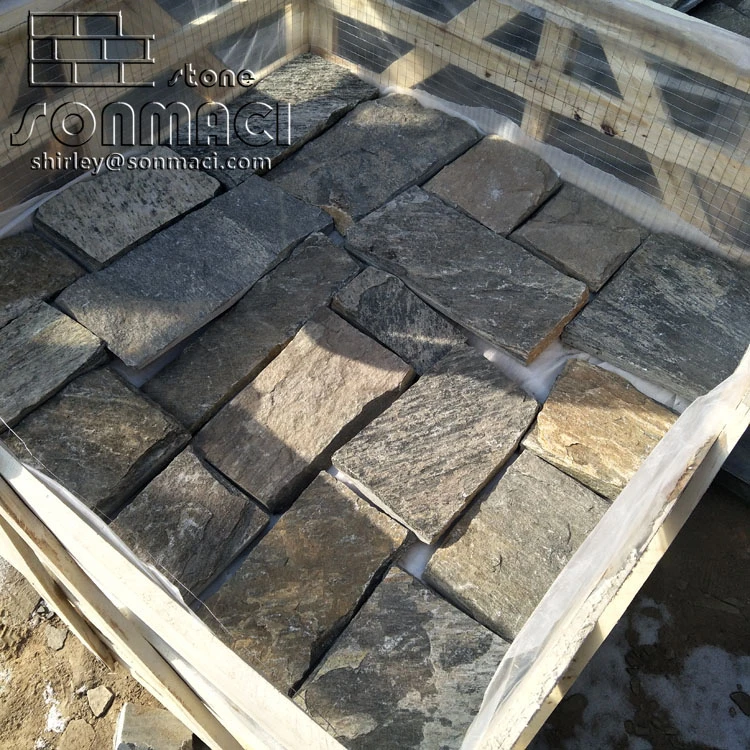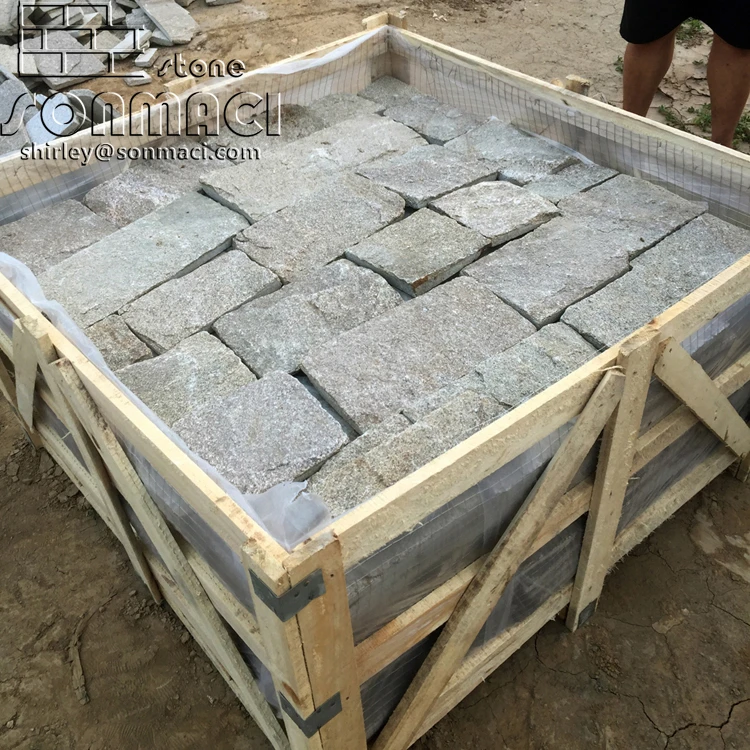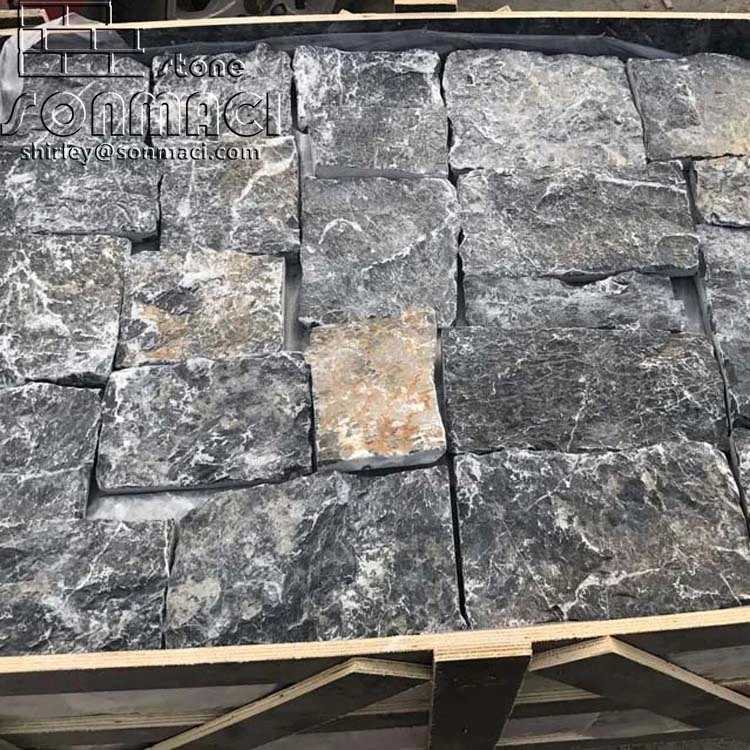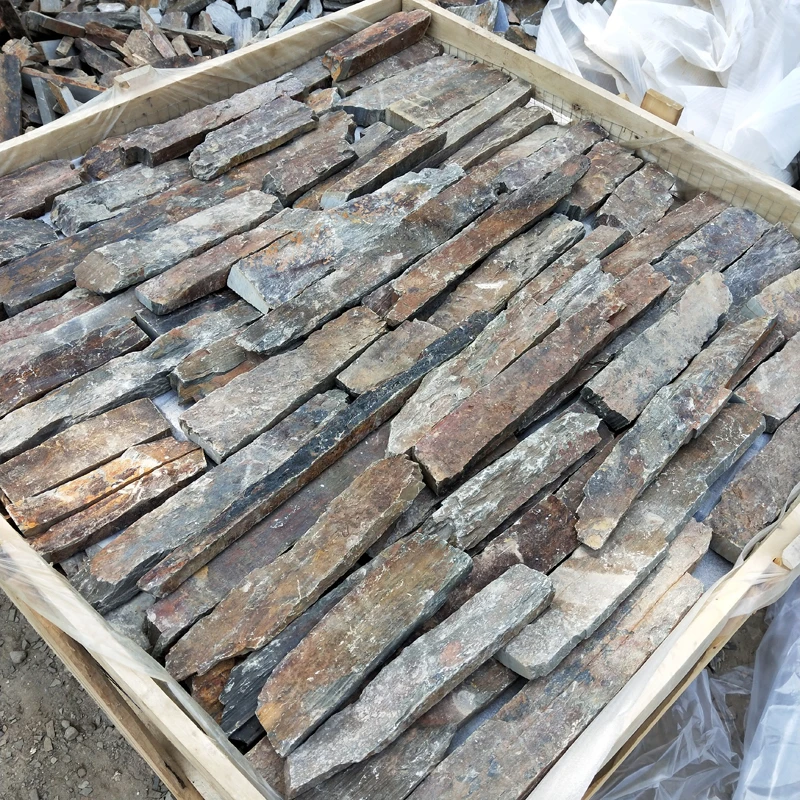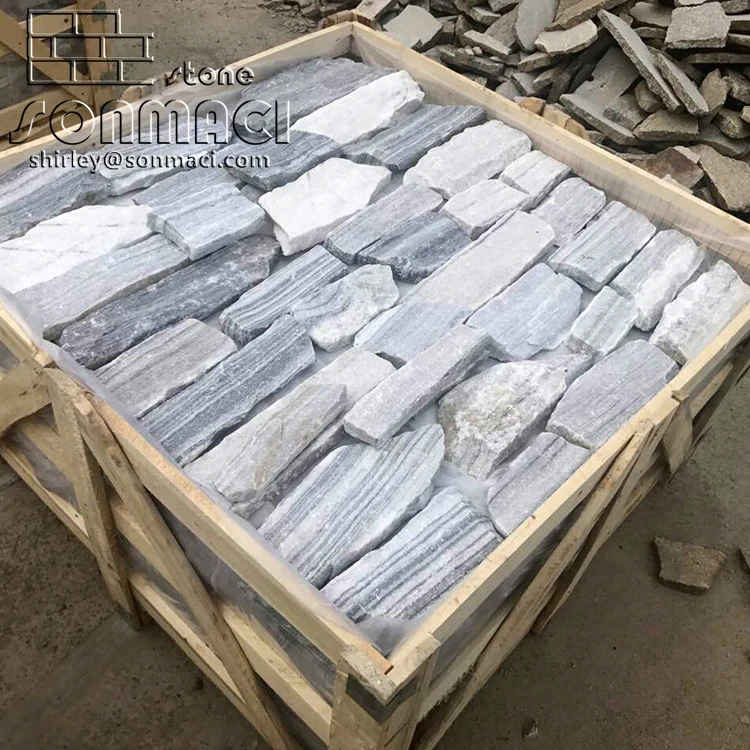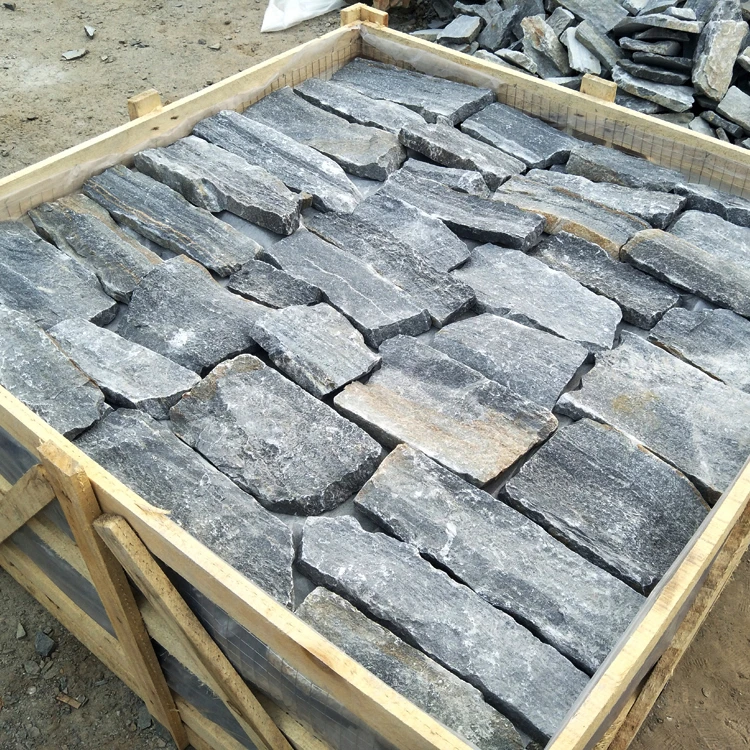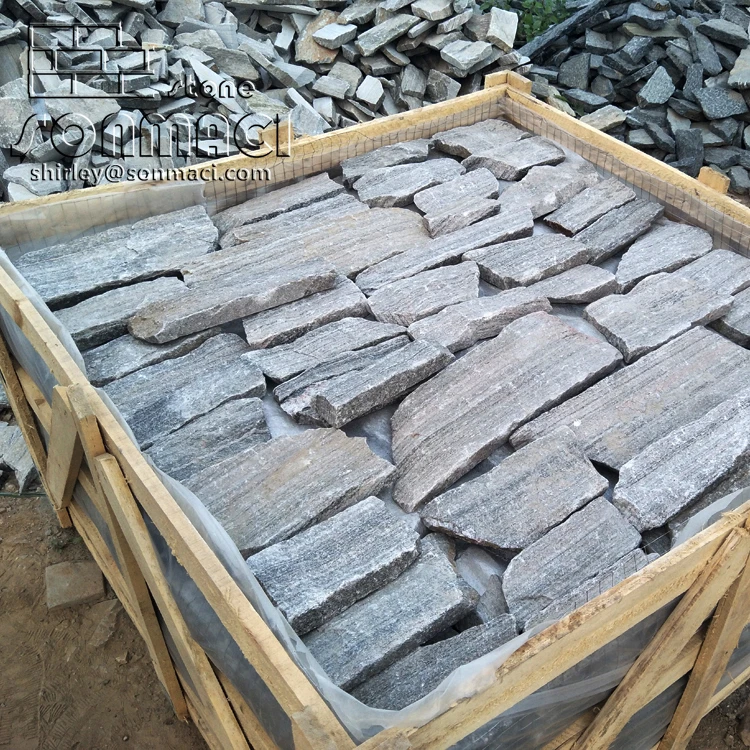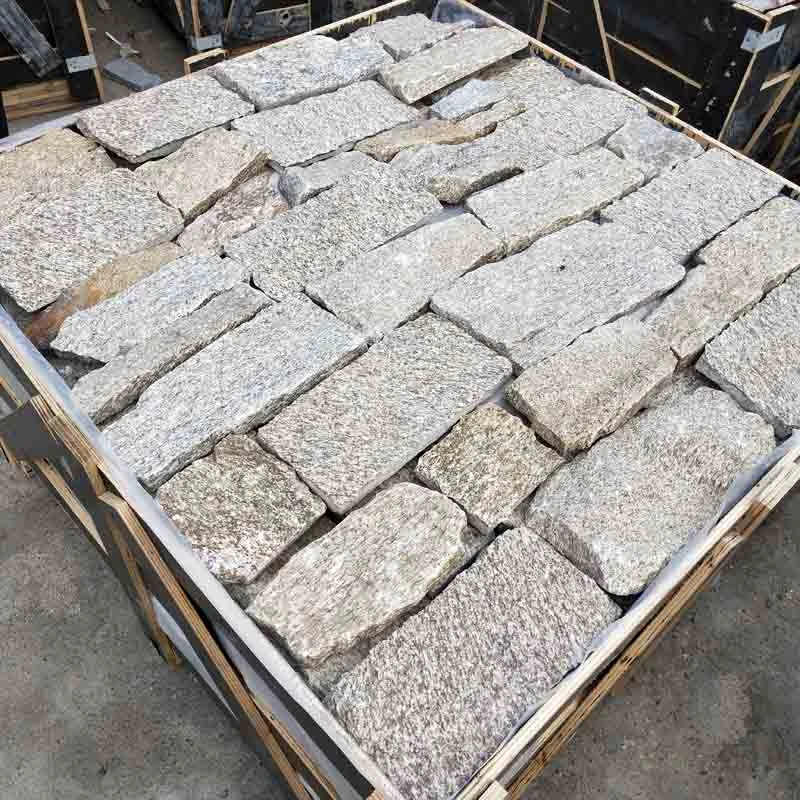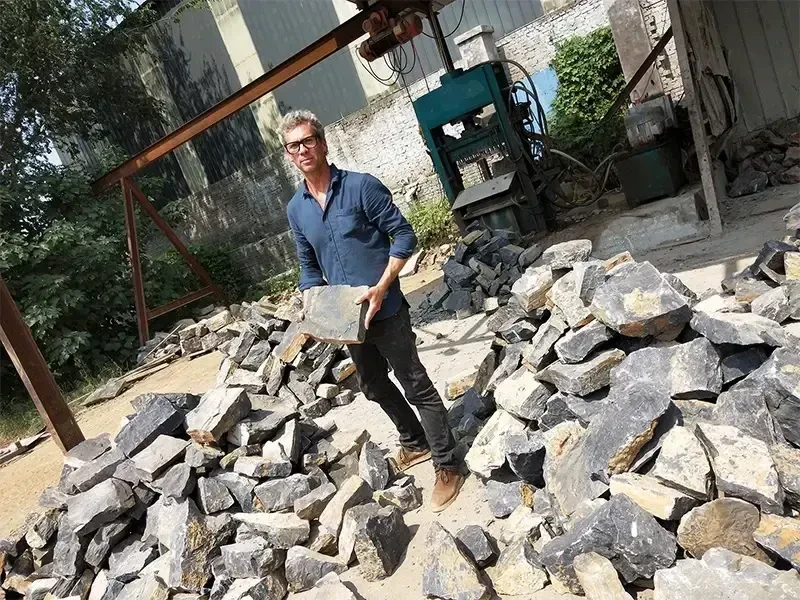Natural Slate Cultured Loose Stone Veneer
|
products Name |
Natural Slate Cultured Loose Stone Veneer |
|
Material: |
Natural Stone, Slate, Quartz, Sandstone, limestone , Travertine, Granite, Marble |
|
Place of Original |
Hebei Province,China |
|
Stone Colors |
Grey, Beige,Black, White ,Rusty ,Green, Etc |
|
Type |
Strips Rectangle Square Irregular |
|
Size |
L:2"-14" W: 1"-6" |
|
Thickness |
1"-1.4" |
|
Weight |
About 60KGS/Sqm |
|
Surface Finishing |
Split /Machine Cut |
|
Usage |
Wall Decoration/ Wall Cladding |
|
Packing |
Strong Fumigated Wooden Crates or Fumigated-free crates or according the customer’s requirements |
|
20 Ft Capacity: |
15M2/Crates 26 Crates/20 GP 390 M2/20GP or according the customer’s requirements |
|
Payment Terms: |
T/T, Western Union, Paypal, etc.. against the copy of B/L |
|
Export Market : |
Europe, Australia, Middle East, America and so on |
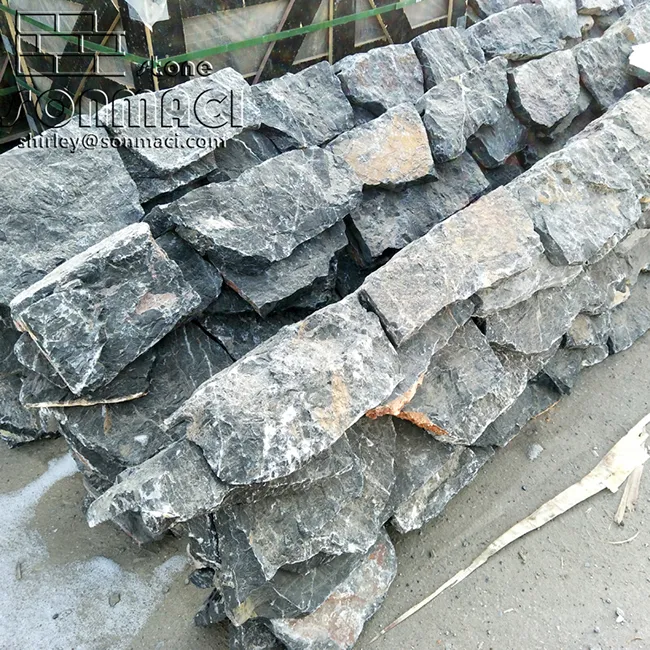
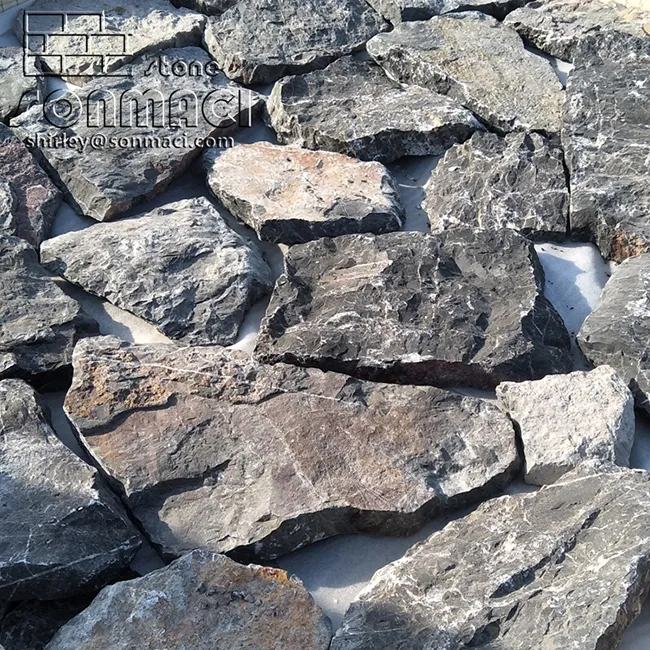
Country Style Loose Stone Veneer
There is an undeniable warmth and authenticity to country-style loose stone veneer that speaks to our deep-rooted connection with natural materials. This distinctive cladding approach celebrates the imperfect beauty of hand-selected stones, offering designers and homeowners a way to infuse spaces with organic character and timeworn appeal. Unlike precisely cut or manufactured alternatives, loose stone veneer embodies the essence of rural craftsmanship, where each installation becomes a unique composition shaped by both geological chance and human artistry.
Application techniques for loose stone veneer honor traditional masonry methods while incorporating modern structural understanding. Skilled installers approach each project as a composition, selecting and positioning stones to create balanced asymmetry. The process resembles dry-stone walling traditions, where careful placement and gravity create stability, though contemporary installations typically use mortar or specialized anchoring systems for added durability. This marriage of old-world technique and new-world engineering results in surfaces that appear effortlessly natural yet meet modern building standards.
What distinguishes country-style loose stone is its remarkable versatility within the rustic aesthetic. The same material can create a cozy farmhouse fireplace that looks centuries old, a wine cellar wall that whispers of European vineyards, or a garden feature that appears to have emerged naturally from the landscape. Designers often use these veneers to establish a sense of history in new constructions, or to authentically restore heritage properties. The stones' organic shapes and earth-toned palette help buildings sit comfortably in rural settings, blending architecture with its surroundings rather than imposing upon them.
The tactile experience of country-style stone veneer contributes significantly to its appeal. Unlike flat, polished surfaces, these walls invite touch, with their dimensional relief and varied textures creating sensory interest. This quality makes them particularly valuable in spaces designed for comfort and relaxation, where visual warmth translates to physical welcoming. Restaurants use them to create intimate dining nooks, while homeowners incorporate them into entryways to establish an immediate sense of refuge and connection to nature.
From a technical perspective, loose stone veneer offers practical benefits that complement its aesthetic value. The irregular surface creates natural shadow patterns that help conceal everyday wear, while the stones' density provides excellent thermal mass in exterior applications. Properly installed, these veneers withstand decades of exposure, their patina improving rather than diminishing over time—a rarity in an age of disposable finishes. Maintenance is refreshingly straightforward, requiring little more than occasional inspection and basic cleaning to preserve both appearance and performance.
Environmental considerations further enhance the material's contemporary relevance. As a natural product requiring minimal processing, country-style loose stone represents a sustainable alternative to manufactured cladding. Many suppliers now source stones from regional quarries, reducing transportation emissions and supporting local economies. The material's longevity ensures it won't contribute to landfill waste, while its natural composition means it can eventually return to the earth without leaving harmful residues.
Looking forward, country-style loose stone veneer continues to evolve while staying true to its rustic roots. Designers are finding innovative applications—from combining it with modern steel framing to create contrast, to using it as backdrop for sleek contemporary furnishings. The material's inherent flexibility allows it to bridge design eras, proving that rustic doesn't mean outdated. In an increasingly digital world, these stone surfaces offer a tangible reminder of craftsmanship and natural beauty, creating spaces that feel grounded and genuine.
Ultimately, country-style loose stone veneer provides more than just surface decoration—it offers a design philosophy. In choosing these materials, we acknowledge the beauty of imperfection, value the marks of time, and create spaces that feel lived-in from the moment they're completed. Whether used sparingly as an accent or expansively across entire facades, these stones bring depth, character, and a quiet sense of history to any environment, proving that true country style isn't about recreating the past, but about building with materials that will gracefully endure into the future.
